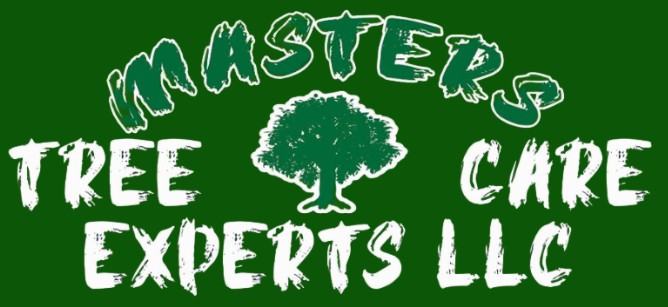If your trees look a little tired or you’re concerned about safety during storm season, deadwooding might be just what your landscape needs. This specialized service, offered by the experienced arborists at Master’s Tree Care Experts, involves the careful removal of dead, dying, or diseased branches. And while it might seem like a small maintenance task, the impact on your tree’s health, your property’s safety, and overall curb appeal is huge.
Table of Contents
What Exactly Is Deadwooding?
Deadwooding is a targeted form of tree trimming that focuses on removing branches that are no longer living. Unlike general pruning, which may include reshaping or thinning out branches for growth or aesthetics, deadwooding specifically targets compromised limbs. These branches can break off easily during high winds or snow, creating serious hazards for people, property, and even pets.
Common signs your tree might need deadwooding:
- Brittle, leafless branches during the growing season
- Bark peeling or falling off in spots
- Branches that cross, rub, or show signs of pest infestation
- Obvious broken or hanging limbs
Why Is Deadwooding Important for Tree Health?
You might not see the damage from the ground, but dead branches are more than an eyesore—they’re a silent threat. Left alone, they can attract pests, harbor disease, and weaken the structural integrity of your entire tree.
Benefits of deadwooding include:
- Safety First – Removes potential falling hazards, especially before storms.
- Improved Tree Health – Allows your tree to redirect energy toward healthy growth.
- Pest Prevention – Eliminates breeding grounds for insects and disease.
- Boosts Curb Appeal – Instantly refreshes your landscape’s appearance.
Think of it as a wellness checkup and cosmetic upgrade rolled into one. Just like a haircut keeps your hair healthy and neat, deadwooding keeps your trees strong and stunning.
What’s the Process Like with Master’s Tree Care Experts?
Deadwooding isn’t a quick snip-and-go job. It takes a trained eye and a skilled hand. At Master’s Tree Care Experts, our process is precise, strategic, and always tailored to the specific species and structure of your tree.
Here’s how we do it:
- Visual Inspection: We scan your tree from root to canopy to identify at-risk branches.
- Precision Pruning: Deadwood is cut back cleanly at the branch collar—no flush cuts or stubs.
- Clean-Up & Disposal: We leave your yard cleaner than we found it, disposing of all debris safely.
- Expert Assessment: If we discover other health concerns (e.g. pests or decay), we’ll advise next steps to protect your investment.
Our ISA Certified Arborists follow the ANSI A300 standards, ensuring every cut promotes healing and supports the tree’s long-term vitality.
When Should You Schedule Deadwooding?
While minor deadwood can be removed year-round, the best time is usually late winter to early spring—just before new growth begins. However, if you notice a large dead branch hanging or your tree has visible decay, don’t wait. Safety risks only grow with time.
Deadwooding is especially important after storms, during drought recovery, or when you see signs of aging in mature trees.
Call in the Pros – Don’t DIY Deadwooding
Deadwooding may look simple, but climbing ladders and wielding chainsaws is risky business—especially near homes, power lines, or overgrown branches. This is work best left to the pros.
At Master’s Tree Care Experts, we’ve spent over 20 years serving Lee’s Summit, MO with deep-rooted expertise in tree safety, storm recovery, and hazardous removals. Fully licensed and insured, our family-owned team handles your trees like they’re our own.
Keep Your Trees Safe, Strong, and Stunning
Don’t wait for dead branches to fall and do damage. Let Master’s Tree Care Experts give your trees the health check they deserve. Deadwooding now can prevent costly repairs later—and breathe new life into your landscape.
Call us today at (913) 909-9768 or schedule a service online to speak with our certified arborists.

